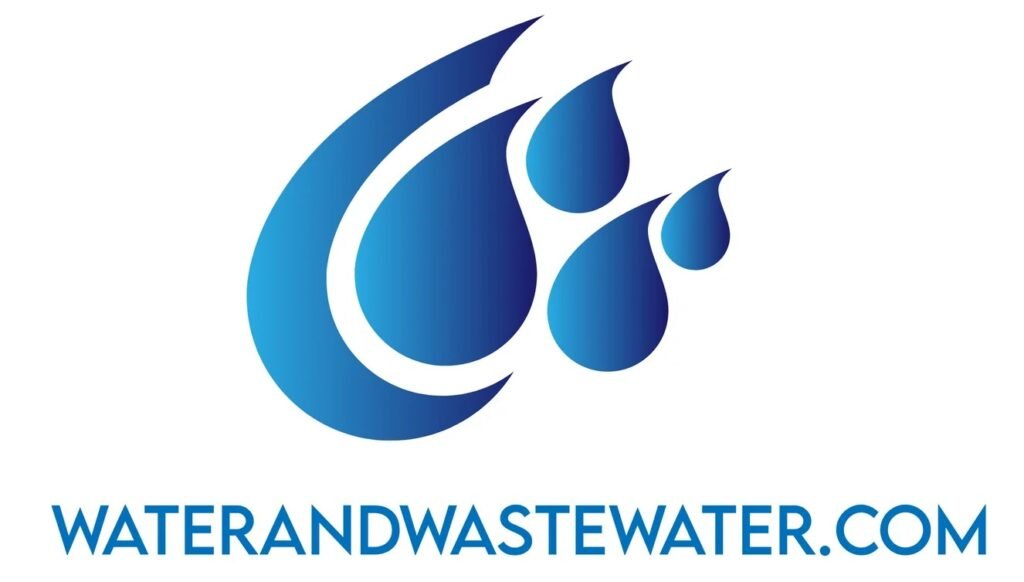Tag: Ammonia
Top 10 Wastewater Odor Control Chemicals Recommended by Experts Managing odors in wastewater treatment is critical for maintaining a pleasant environment and ensuring compliance with environmental regulations. With a plethora of odor control solutions available, selecting the right chemicals can be challenging. Here, we introduce you to the top 10 wastewater odor control chemicals recommended […]
The Science Behind Wastewater Odor Control Chemicals: How They Work Introduction “`html Introduction Wastewater treatment might seem like a daunting subject, but let’s face it—without these indispensable processes, our world would be a much less pleasant place. One of the most notorious issues in wastewater treatment is the unpleasant odors that can arise. Enter: wastewater […]
Ammonia is a common pollutant in wastewater that can harm aquatic life and the environment if left untreated. Effective ammonia treatment in wastewater is crucial for protecting water quality and meeting environmental regulations. Wastewater treatment plants use various methods to remove ammonia, including biological processes and advanced technologies. Ammonia enters wastewater from human waste, agricultural […]
Controlling Odor in Wastewater Treatment Plants: Strategies and Technologies Wastewater treatment plants (WWTPs) perform an essential role in managing and treating sewage and industrial wastewater before it is released back into the environment. However, alongside their indispensable function, these facilities can produce unpleasant odors that are a significant concern for operators, nearby communities, and […]
Ammonia in Wastewater Discharge: Environmental Impacts, Treatment Methods, and Regulatory Frameworks Ammonia, a compound of nitrogen and hydrogen with the formula NH₃, is a significant pollutant in wastewater discharge. Its presence in wastewater originates from various sources, including domestic sewage, industrial effluents, and agricultural runoff. Ammonia poses several environmental and health risks, making its […]
